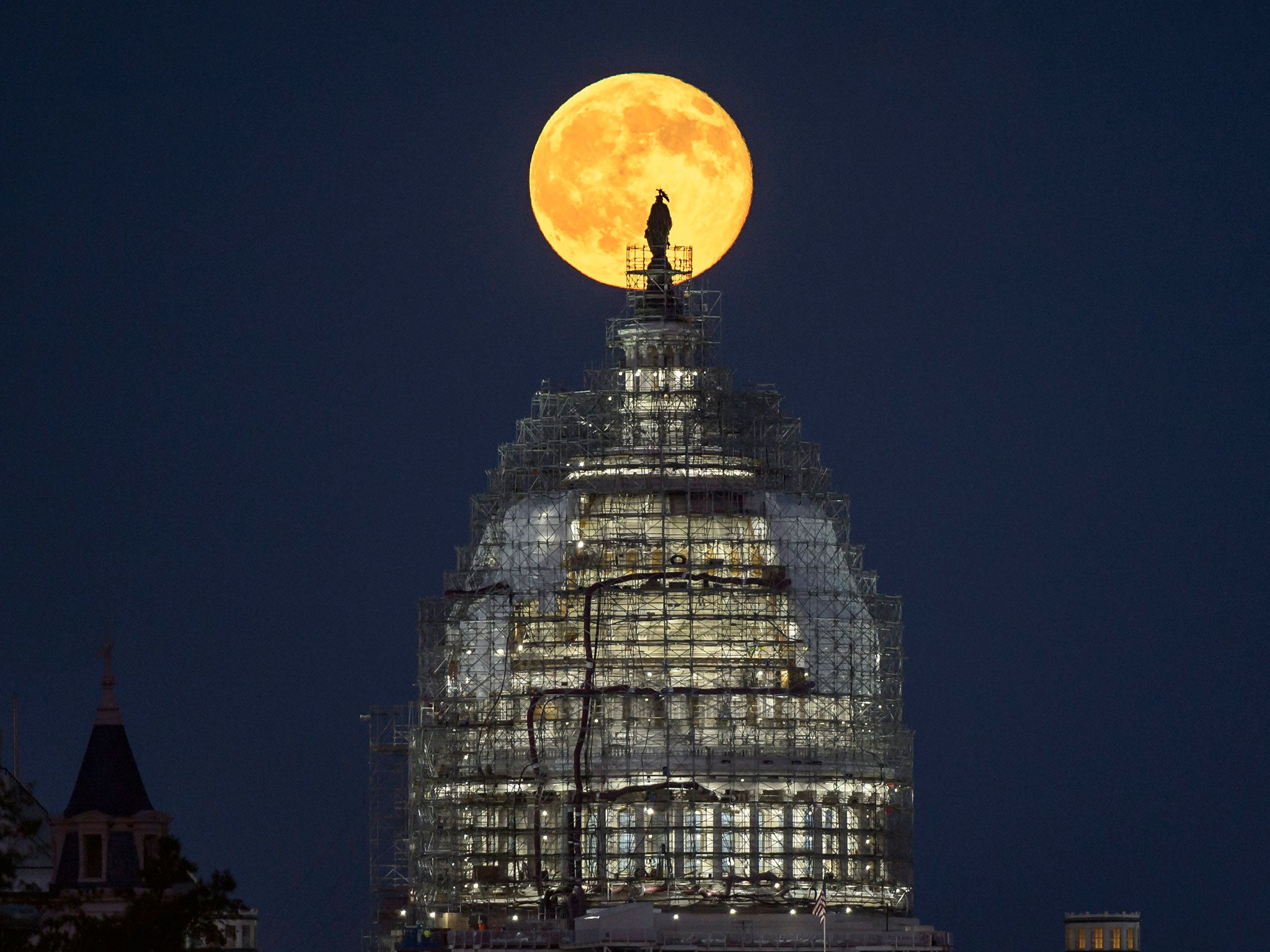Lunar eclipse, Blood Moon, Supermoon 2015 live streams: how to watch if the weather, light pollution or your location mean you can't see the moon's big night
It's the first time in decades that a Supermoon has coincided with a lunar eclipse, or blood moon – but not everyone will get to see it

Tonight's sky will be lit up by a bright, red moon in the first collision of a Supermoon and Blood Moon in 30 years, an event that astronomers are urging people to head out and see for themselves. But for those unable to see it – because of bad weather, light pollution or not being in the right place – Nasa will also be providing a livestream of the night's events.
Nasa’s live stream will be available on its own online TV channel, NasaTV. You can get to the stream by clicking here – if you go on earlier or later than it begins, you’ll see other programming from the space agency.
Nasa’s livestream will begin at 8pm eastern daylight time, or 1am in the UK. It will run for “at least” three-and-a-half hours, Nasa said, allowing it to broadcast the whole of the total lunar eclipse.
The stream will include videos from the Griffith Observatory in Los Angeles, the Adler Planetarium in Chicago, the Fernbank Observatory in Atlanta and other locations in the US.
The events will visible to much of the world: North and South America, Europe, Africa, and parts of West Asia and the eastern Pacific. But the livestream lets people outside of those areas see the events, as well as those that can’t see the moon because of cloud cover or light pollution, or who want to hear from Nasa’s experts.

During the live broadcast, Nasa scientists will be available to answer questions from the public. They can be posted on Twitter, using the hashtag #askNASA.
Many have suggested that the night's events could mark the end of the world. But Nasa has rubbish those claims in an official statement – pointing out that the events are "eerie -- but harmless".
Join our commenting forum
Join thought-provoking conversations, follow other Independent readers and see their replies
Comments